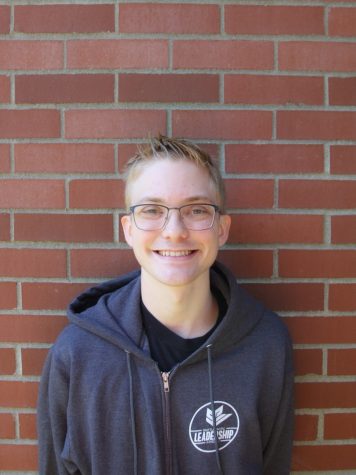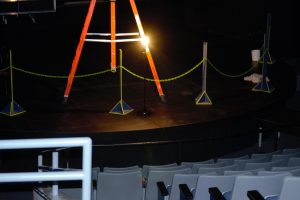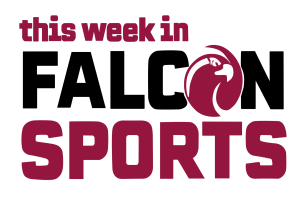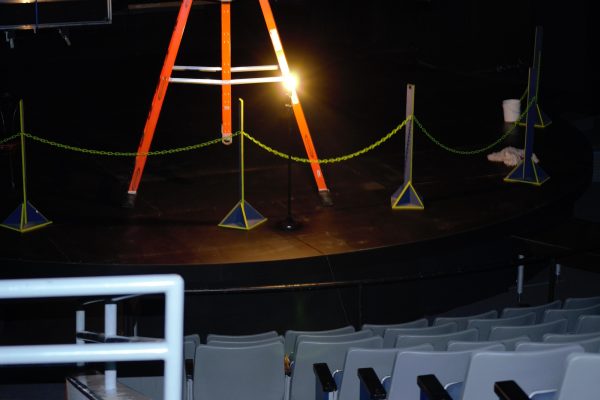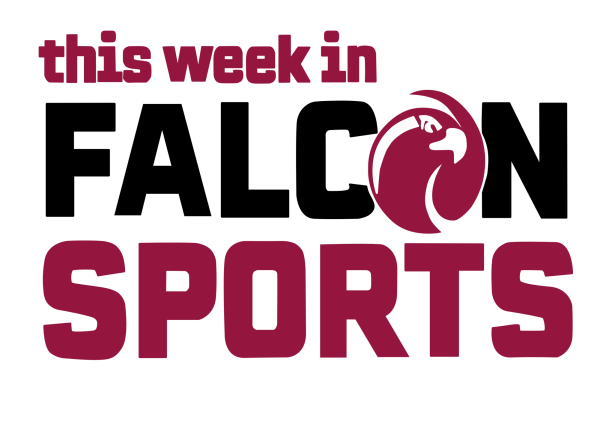Quarantine on third day of classes
Student shows signs of COVID-19 symptoms in Ashton Third West, tests negative
September 17, 2020
The first COVID-19 scare hit Seattle Pacific University within the first week of returning to campus.
On the evening of Wednesday September 17, Third West Ashton Hall went into quarantine because a student showed symptoms of COVID-19. Ashton is the largest dormitory hall on the Seattle Pacific Campus, and if a student were to have the virus, it can thrive in this space with many students in a confined space.

According to freshman Anna Dominguez, who lives on the floor, the person who had shown symptoms of the coronavirus was put in isolation. In a previous interview with The Falcon, administration would not confirm the exact location due to safety, however, it is located on campus.
The other students who live on Third West Ashton were left awaiting the symptomatic student’s test results. If the results were to come back positive, the whole floor would have quarantined until it was clear that there were no new cases of the virus.
“When we did this in the Spring, we talked about a specific time period, but now what we’re realizing is that those time periods continue to have a reset button, so we’ve got to keep an eye on things,” Dean of Student Life Chuck Strawn said.
However, the results of the student’s test came back negative on Sep. 17. The student was released from isolation and the students’ quarantine was lifted.
“I am a bit rattled by this situation, and I am concerned for everyone’s safety. I hope that other students will take this as a warning and increase their efforts to reduce opportunities for infection,” Dominguez said in an email, before results were received.
While the whole floor of Third West Ashton was quarantined, the Resident Advisor provided information and answered her residents’ questions as best as she could. More plans and protocol would be put in place if the case was confirmed positive.
Dominguez stated that SPU staff had been quick to provide the floor residents with meals, laundry, and mail. Staff had also offered to notify professors about the student’s situation so they can participate in class online.
In preparation for students heading back to campus, leaders who arrived on campus prior to freshman move in were sent an email regarding guidelines for campus distancing and suggesting self-quarantine before arriving on campus.
This instruction and guideline was also sent to all students returning to campus, and is listed on SPU’s COVID-19 information for residents page on the website.
Students were asked to monitor their health, and to not come back to campus if they had any symptoms or tested positive for COVID-19, or were in close contact with anyone who had tested positive. Administration suggested students quarantine for ten days before arriving on campus, but did not make this mandatory.
“We understand that everyone’s circumstances are different, and that folks may not be able to isolate themselves in this way,” Strawn said in an email to student leaders on Aug. 18.
Students at SPU were not required to receive a COVID test before arriving on campus, although many schools around the nation require negative COVID-19 tests in order to return back to school. Seattle University required a COVID test for anyone planning to be physically on campus before classes began last week. The University of Washington is encouraging everyone who plans to be on campus when classes begin in two weeks to get tested, but is not requiring it.
Testing was brought up during a leadership conference, when administration was asked why students were not going to be required to take a COVID test before arriving on campus. Strawn stated that though he was not part of the planning team, testing before coming to campus wasn’t a foolproof plan.
“There’s been just a lot of different information and different data and different practices around quarantining, so that kind of guided the decision the University made about encouraging self-isolation, self-quarantine.” Strawn said.
SPU faced difficulty with enforcing social distancing at orientation, as students stood close to one another in line. President Martin sent up a follow-up email to students with a reminder of social distancing protocols.
Seattle Pacific does suggest that students who have in-person class take a self assessment before entering into the classroom. Students are directed to a page on Banner where they answer to a yes or no question of whether they are showing symptoms. Professors are required to take attendance at the start of classes for COVID tracing.
SPU administration is hopeful that asking students to isolate whenever possible, wear masks, and distance physically can help prevent the spread of the virus.
Even with a few early bumps in the road, Strawn is hopeful for the future of this year, even if it is different than what he has seen before.
“I’m thankful for the foundation of care that we have, I’m encouraged by the creativity that our students bring, as we all kind of lean in to this really challenging moment together,” Strawn said.














































































